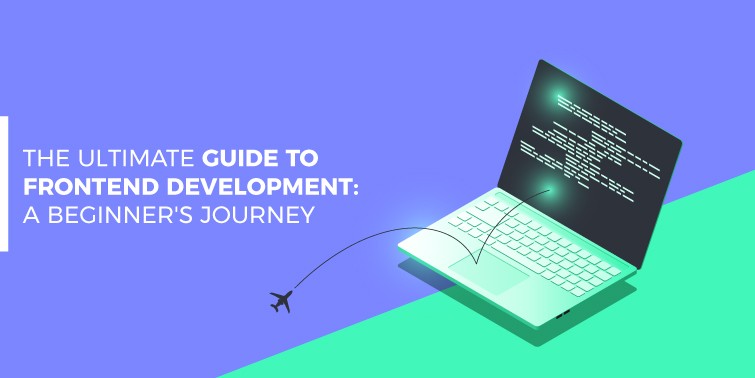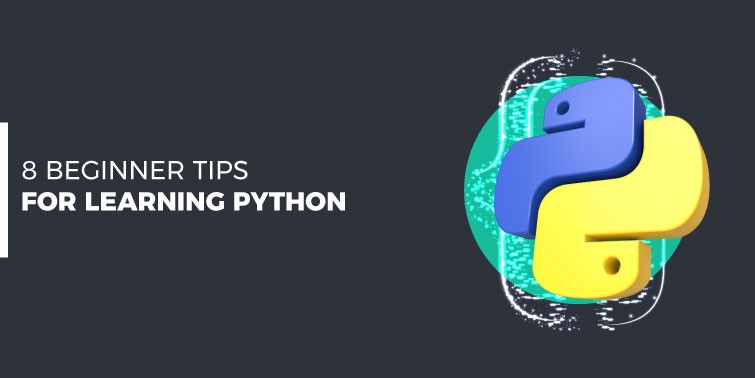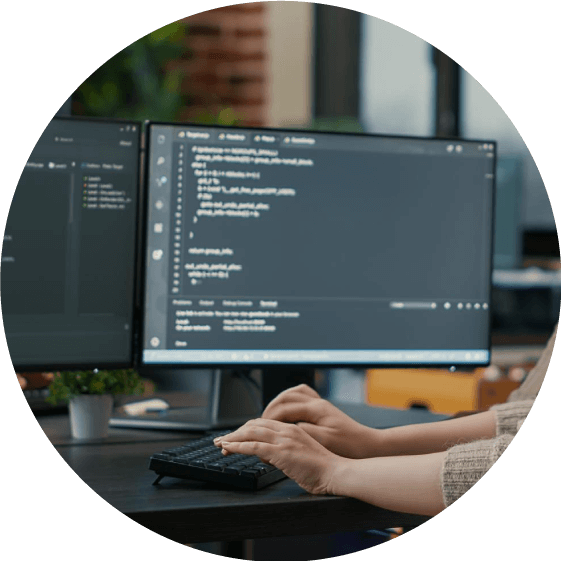The Ultimate Guide to Frontend Development: A Beginner’s Journey
Looking for a new career in the tech industry? This guide is your compass to understanding the essentials of frontend development and deciding whether it is the right career choice for you. We will dive into frontend technologies, processes, and career paths here. Let us get started.
What is Frontend Development?
Frontend development, often referred to as client-side development, creates functional and interactive user interfaces on the web. It focuses on the presentation layer of a website or web application, ensuring to bring to life the creative visions of designers and making websites accessible and engaging for users.
The key technologies that are used in the frontend development are:
HTML (Hypertext Markup Language): The backbone of web content structure, defining the layout and arrangement of elements on a webpage.
CSS (Cascading Style Sheets): Responsible for styling and presentation, ensuring a visually cohesive and attractive design.
JavaScript: The dynamic scripting language that adds interactivity and functionality to web pages, allowing for real-time updates and user engagement.
These three technologies form the foundation upon which you’ll build your expertise. HTML structures the content, CSS styles it and JavaScript adds the dynamic, interactive elements that make a webpage come to life. Understanding the role of these core technologies is the first step toward becoming a proficient frontend developer.
The Role of a Frontend Developer
Frontend developers act as the bridge between design and functionality. They transform the design mockups and user experience specifications into interactive digital experiences. This involves not only translating the designer’s vision accurately but also ensuring that the end product is intuitive, accessible, and responsive across different devices and screen sizes.
Frontend development is rarely a solitary endeavor. Collaboration with UI/UX designers, backend developers, and other team members is integral to the process. Effective communication and teamwork are essential to align the visual aspects of a project with its technical implementation.
Frontend Frameworks and Libraries
Now let us go deeper into the technological aspect of frontend development. Besides mastering HTML/CSS and Javascript, you will need a bunch of other tools to craft compelling user experiences.
Frontend frameworks provide a structured foundation for building web applications. They streamline development by offering pre-built components, enforcing best practices, and simplifying complex tasks. Three widely used frameworks are worth exploring:
React: Developed by Facebook, React is a declarative and efficient library for building user interfaces. It allows developers to create reusable UI components and efficiently update the DOM.
Angular: Maintained by Google, Angular is a comprehensive and feature-rich framework. It facilitates the development of dynamic, single-page web applications with a powerful set of tools and capabilities.
Vue.js: Vue.js is a progressive JavaScript framework that is approachable and versatile. It is incrementally adaptable, making it suitable for both small projects and large-scale applications.
In addition to frameworks, frontend developers often utilize libraries to expedite common tasks. One such library is jQuery, which simplifies DOM manipulation, event handling, and AJAX requests. Understanding when to leverage frameworks or libraries is a skill that enhances a developer’s efficiency and productivity.
The Development Workflow
Now, that we know the key technologies you should master to succeed as a frontend developer, let us make clear the development workflow.
The transition from design concepts to functional code is a critical phase in frontend development. This involves interpreting design mockups, understanding user experience requirements, and translating these into HTML, CSS, and JavaScript. Collaboration with designers during this phase is crucial to ensure that the final product aligns with the envisioned user interface.
Here are the key steps to do it:
Design Mockup Analysis: Carefully examining design elements and understanding the intended user interactions.
HTML/CSS Implementation: Creating the structural foundation and styling based on design specifications.
JavaScript Interactivity: Adding dynamic elements and functionality to enhance the user experience.
Testing: Thorough testing is essential to deliver a polished and reliable frontend product. Testing involves checking for compatibility across different browsers, ensuring responsiveness on various devices, and validating the functionality of interactive elements. Tools like Jest for JavaScript testing and BrowserStack for cross-browser testing aid in maintaining high-quality code.
Building a Portfolio
Building a compelling portfolio is crucial for showcasing your skills and attracting potential employers or clients. A well-crafted portfolio demonstrates your proficiency in frontend development and provides tangible examples of your work. Include a variety of projects that highlight different aspects of your skillset, such as responsive design, interactivity, and collaboration with backend technologies.
The key components of your future portfolio are:
- Project Descriptions: Clearly articulate the goals, technologies used and your role in each project.
- Code Samples: Include snippets of your code to showcase your coding style and problem-solving abilities.
- Responsive Design: Ensure your portfolio itself is a testament to your understanding of responsive design principles.
- User Experience: Describe how your projects prioritize and enhance the user experience.
Starting Your Journey as a Frontend Developer
Embarking on a career in frontend development is an exciting venture, and the path to success begins with a strong foundation. You can start exploring the profession by yourself, at your own pace. But usually, a comprehensive hands-on course is the best start. Consider BDG’s Frontend Development Academic Program as an option, if you prefer an offline learning format.
The next thing you should do is join online forums, attend local meetups, and participate in web development communities. BDG’s student community will be the place to share knowledge and learn from peers during and after the course.
We recommend looking for internship opportunities by the end of your learning path. Ask BDG’s career specialist to help you craft your CV, LinkedIn profile, and portfolio.
Job Opportunities and Career Paths
Frontend development opens the door to various job roles, each with its unique responsibilities and focus areas. As you navigate the job market, consider positions such as:
Frontend Developer: Crafting the user interface and ensuring seamless user experiences.
Web Developer: Working on both frontend and backend to create fully functional web applications.
JavaScript Developer: Specializing in the development of JavaScript-based applications and functionalities.
Find useful tips and techniques to advance your career from Junior to Mid-level in our Jun to Mid blog post.
Career Progression
Frontend development provides a solid foundation for career growth. As you gain experience, consider advancing into roles such as:
- Lead Frontend Developer: Leading and coordinating frontend development teams, ensuring project success.
- Frontend Architect: Designing high-level structures for complex frontend projects and guiding development teams.
Continuous Learning and Resources
Frontend development is a dynamic field, with technologies and best practices evolving rapidly. Continuous learning is essential to stay relevant and competitive. Stay informed about the latest trends, updates to existing technologies, and emerging tools. Follow reputable blogs, participate in online communities, and attend webinars or conferences to gain insights into the ever-changing landscape of frontend development.
Here are some tips for continuous learning:
- Set learning goals and allocate dedicated time for self-improvement.
- Contribute to open-source projects to gain practical experience.
- Join online forums and participate in discussions to expand your network.
Is Frontend Development Right for You?
Frontend development is a vibrant and creative field, ideal for those who enjoy combining design aesthetics with technical functionality. If you have a passion for creating visually appealing and user-friendly interfaces, enjoy problem-solving, and find fulfillment in seeing your work come to life on the web, frontend development might be the right fit for you.
Considering the constantly evolving digital landscape, the demand for skilled frontend developers is expected to remain high. With the rise of new technologies and frameworks, there are ample opportunities for growth and specialization.





